Nightwatch NSX4 Flashlight Review
This is the Nightwatch NSX4 flashlight, a four-emitter light that accepts a very unusual cell size: 26800. Read on for testing and thoughts!
Official Specs and Features
Here’s an affiliate link to the Nightwatch NSX4 Flashlight product page. I don’t believe Nightwatch has an official page.
Versions
There’s just one body, but it’s available with two emitter options. Cree XHP50.2 (seen here) and Luminus SST40. Both options are 6500K but the Luminus option will favor throw over output.
Price
The Luminus SST40 version is $50 (bare light) or $65 (with cell and charger).
The Cree XHP50.2 version is $55 or $79.95 (with cell and charger) (seen in this review).
I’ll have to get with Neal on the price discrepancy on the charger version for the Cree option. Looks like the price of the cell and charger is $15 on the Luminus and $19.95 on the Cree. I’m sure it’s a typo. I’d expect the Cree with the charger to drop to $70.
Short Review
This light is really fantastic. Not necessarily because of output or throw (both of which are really great), but just because it’s so different. I love the knurled fins on the head, and also so many fins. I might rather this just be scaled down to being a 26650 light, or 21700 even, because no one has 26800 cells, and 80mm long cells don’t fit in any chargers you own. So that’s annoying.
Long Review
The Big Table
| Nightwatch NSX4 Flashlight | |
|---|---|
| Emitter: | Cree XHP50.2 (x4) (K4) |
| Price in USD at publication time: | $55.00 |
| Cell: | 1×26800 |
| Turbo Runtime | High Runtime |
| LVP? | Yes |
| Switch Type: | Mechanical |
| On-Board Charging? | Yes |
| Charge Port Type: | Separate charger uses micro-USB |
| Chargetime | |
| Power off Charge Port with no Cell? | – |
| Claimed Lumens (lm) | 11000 |
| Measured Lumens (at 30s) | 9375 (88.5% of claim)^ |
| Candela per Lumen | 3.2 |
| Claimed Throw (m) | 346 |
| Candela (Calculated) in cd (at 30s) | 1270lux @ 4.93m = 30867cd |
| Throw (Calculated) (m) | 351.4 (101.6% of claim)^ |
| All my Nightwatch reviews! | |
^Measurement disclaimer: Testing flashlights is my hobby. I use hobbyist-level equipment for testing, including some I made myself. Try not to get buried in the details of manufacturer specifications versus measurements recorded here; A certain amount of difference (say, 10 or 15%) is perfectly reasonable.
What’s Included
Remember this is the “most” package. So you won’t get some of these unless you select them.
- Nightwatch NSX4 Flashlight
- Unbranded 26800 lithium-ion cell
- Charger fitting 26800 cells
- Charge cable (USB to micro-USB)
Package and Manual
There is no manual. (Because of that I tested everything not realizing double click gets Turbo. So don’t forget this light has Turbo not in the main mode cycle! More on that later.)
Build Quality and Disassembly
This light has a very solid build quality. The knurling is very interesting – rarely (if ever?) do you see knurling go all the way around cooling fins like this. Also the cooling fins… there are a bunch of those.
This is a “quad” but bigger than the light most people mean by quad.
Those cooling fins. Wow! But, see the runtime later – they really do allow very good cooling. The light is very stable at considerably high output for a long time!
There’s minimal printing on the light – here is a “HOT” warning (and it’s a good warning, too; the light can get hot).
The body is knurled with less aggressive knurling than the head.
The threads on the tailcap are very smooth. square-cut, anodized, and the right amount of lube. The anodizing throughout is just a bit matte, and you can feel this in the threads.
The head end has a big brass button. A big brass button. After all the photos seen here I finally got the cell tube to unscrew (it’s not thread locked, I just couldn’t get it to unscrew while in the field), and I can see the brass button. It’s probably 7mm long. Also probably 7mm in diameter. It’s a very big brass button. It is not springy, though. The cell tube is not reversible.
The tailcap has a single spring, which is already bypassed.
One thing noteworthy about the cell tube/head I could only notice once the cell tube was off: The cell really sits into the head by about 2mm, which also means the cell is cooled by these fins much better. Effectively the first 2cm of the 8cm cell – a quarter of the cell) has a big mass of aluminum and cooling fins, too.
The guts in the head are held in place by a brass retaining ring. And that MCPCB there is Nightwatch branded, which is a nice touch. Surprising? I don’t know, maybe.
Here you can see a better shot of the spring bypass. The tailcap guts are also held in place by a brass retaining ring.
The bezel unscrews easily.
The parts inside there also come out easily. Those two centering rings fell out willingly but also went back in easily.
The glass is quite thick.
Size and Comps
Dimensions: 44mm head x 148mm length
Weight: 239g without cells. (I measured 238g.)
The light might be bigger than some other EDC-style lights (and isn’t itself really an EDC-style light) but it has a great balance and carry. It’s very trustworthy in the hand.
Retention and Carry
Nothing is included for carry of the NSX4. There is however a set of lanyard holes in the tailcap.
Just one set though.
No pocket clip options. No pouch options. No magnets. Nothing else really intended for carrying this light. This would probably be a killer “back door” light – great for just living on the table beside the door.
Power and Runtime
As stated above, the light is powered by a single lithium-ion cell. My package included a cell – a 26800 flat top unprotected cell.
I have never experienced this cell before, and when I tried to drop it into any of my bay chargers, I realized why Neal includes a charger with this package – this is a LONG cell!
Below is the 26800 between a 26650 and a 21700.
All shipments of this light (not just the “with cell/charger kit”) will include this adapter seen below. This adapter will allow the use of 21700 cells. And in fact, you might wish to do this, because a high drain 21700 cell will have higher output than this 26800 cell that is included. It’s not specified but I suppose the high capacity (7000mAh) 26800 has lower drain than something like the Samsung 30T.
The adapter fits over the positive terminal of the cell. The adapter is only metal in the center, so you’ll lose a bit of that good cooling from the cell being surrounded by cooling fins here. I believe the plastic parts of the adapter are Delrin – it’s very hard plastic.
The cell installs in the usual way – positive toward head.
Here are a few runtimes. I measure initial output at essentially the claim of 11000 lumens. At 30s the output has dropped around 12%, on the way down to a still high ~3000 lumens for just under an hour. At that point, the final stepdown happens, and the emitter begins its flash to warn of low voltage.
The output on high is remarkably stable for over an hour at ~2400 lumens, until the drop off to negligible. (Sorry, forgot to test cell voltage on this one).
Medium is even more remarkably stable, flat all the way for 2h40m, too. Over 1000 lumens (around 1150 really) for over two hours is very incredible.
On bench power, shuts off completely at 2.6V.
Charging
The package also includes a charger, which can be seen below. It’s a very simple one-bay charger, powered by micro-USB. It could be used for other (smaller) cells, but it is primarily interesting because it supports 80mm length cells!
Unfortunately, the “FULL” and “CHG” labels are backward. When charging, that box to the right of FULL is lit in red. And when charging is complete, the box to the right of CHG is green. So the colors mean what you think (red means charging, green means full) but the text is wrong.
Also, the charger flips to green long before charging technically stops (though, once it’s green there’s just a trickle going to the cell). That trickle is non-negligible though because when there’s no cell installed, the energy use by the charger is minimal.
The 26800 cell fills this charger completely.
Charging proceeds at around 2A. Being that the cell is 7000mAh, you would expect charging to take a while – and it does. The charger sits at 2A for a full three hours before the CV phase kicks in. Also note that the capacity rating is probably actually low at 7000mAh, which again is a bit incredible.
Modes and Currents
| Mode | Mode Claimed Output (lm) | Claimed Runtime | Measured Lumens | Tailcap Amps |
|---|---|---|---|---|
| Turbo | 11,000 | – | 9735 | 20+^ |
| High | – | – | 2375 | 5.50 |
| Medium | – | – | 1162 | 2.60 |
| Low | – | – | 1.25 | |
| Moonlight | – | – | 0.05 |
^ My bench power tops out at 20A, and this light was accepting 20A. There was minimal voltage sag at 4.2V though, so I’m not sure if that’s all the light wanted, or if my power supply exhibits some wonkiness at those max levels. I believe the specification is for this light to pull around 35A on Turbo, so “20+A” is likely a limitation of my power supply.
PWM
No PWM is seen on any mode.
Here you can see a “baseline” – a chart with almost no light hitting the sensor. Then there’s the Ultrafire WF-602C flashlight, which has some of the worst PWM I’ve seen. It’s so bad that I used a post about it to explain PWM! Here are multiple timescales (10ms, 5ms, 2ms, 1ms, 0.5ms, 0.2ms) to make comparing this “worst” PWM light to the test light easier. That post also explains why I didn’t test the WF-602C at the usual 50us scale.
User Interface and Operation
There’s a single switch on the NSX4. It’s a tail switch and is a reverse mechanical clicky. Reverse clicky means you can change modes while the light is on, but there’s no momentary option.
The switch has a nice big textured button cover and is surrounded by the rim that houses the lanyard holes. The light will tailstand perfectly.
Remember I got no manual with this light, so I could miss some details in the UI. Apologies if I do!
Here’s a Nightwatch NSX4 Flashlight user interface table!
| State | Action | Result |
|---|---|---|
| Off | Click | On (Mode memory and seems to exclude Moonlight and Turbo) |
| On | Click | Off |
| On | Double Tap | Turbo |
| On | Tap | Mode advance (MLMH, Turbo is excluded) |
| On | Triple Tap | Strobe |
I believe that’s everything. It’s a very simple UI.
LED and Beam
In my review copy are four Cree XHP50.2, in 6500K. That’s quite cool for me but it’s obvious this light was made with an intention of maximum lumens and cool white is a typical choice for that.
Each emitter shares has its own reflector that’s cut on two sides to bunch the reflectors up close to each other. The throw from this setup isn’t to be discounted, though.
It’s very easy to gain access to the emitters, so if you wish to do a swap, that should be possible.
These beamshots always have the following settings: f8, ISO100, 0.3s shutter, and manual 5000K exposure. These photos are taken at floor level, and the beam hits the ceiling around 9 feet away.
Tint vs BLF-348 (KillzoneFlashlights.com 219b version) (affiliate link)
Test light is on the left!
I compare everything to the KillzoneFlashlights.com 219b BLF-348, because it’s inexpensive and has the best tint!
Conclusion on the Nightwatch NSX4 Flashlight
What I like
- Interesting build
- Maximum lumens!
- Very hand-friendly. Seems to desperately say “Hold me!”
- All parts easily accessible with no thread lock or other barriers
- Emitter choices give some flexibility between output and throw
- Great cooling
What I don’t like
- Such a random cell size – 26800.
- I’d love a warmer option too.
Notes
- This light was provided by NealsGadgets.com for review. I was not paid to write this review.
- This content originally appeared at zeroair.org. Please visit there for the best experience!
- For flashlight-related patches, stickers, and gear, head over to PhotonPhreaks.com!
- Use my amazon.com referral link if you’re willing to help support making more reviews like this one!
- Please support me on Patreon! I deeply appreciate your support!
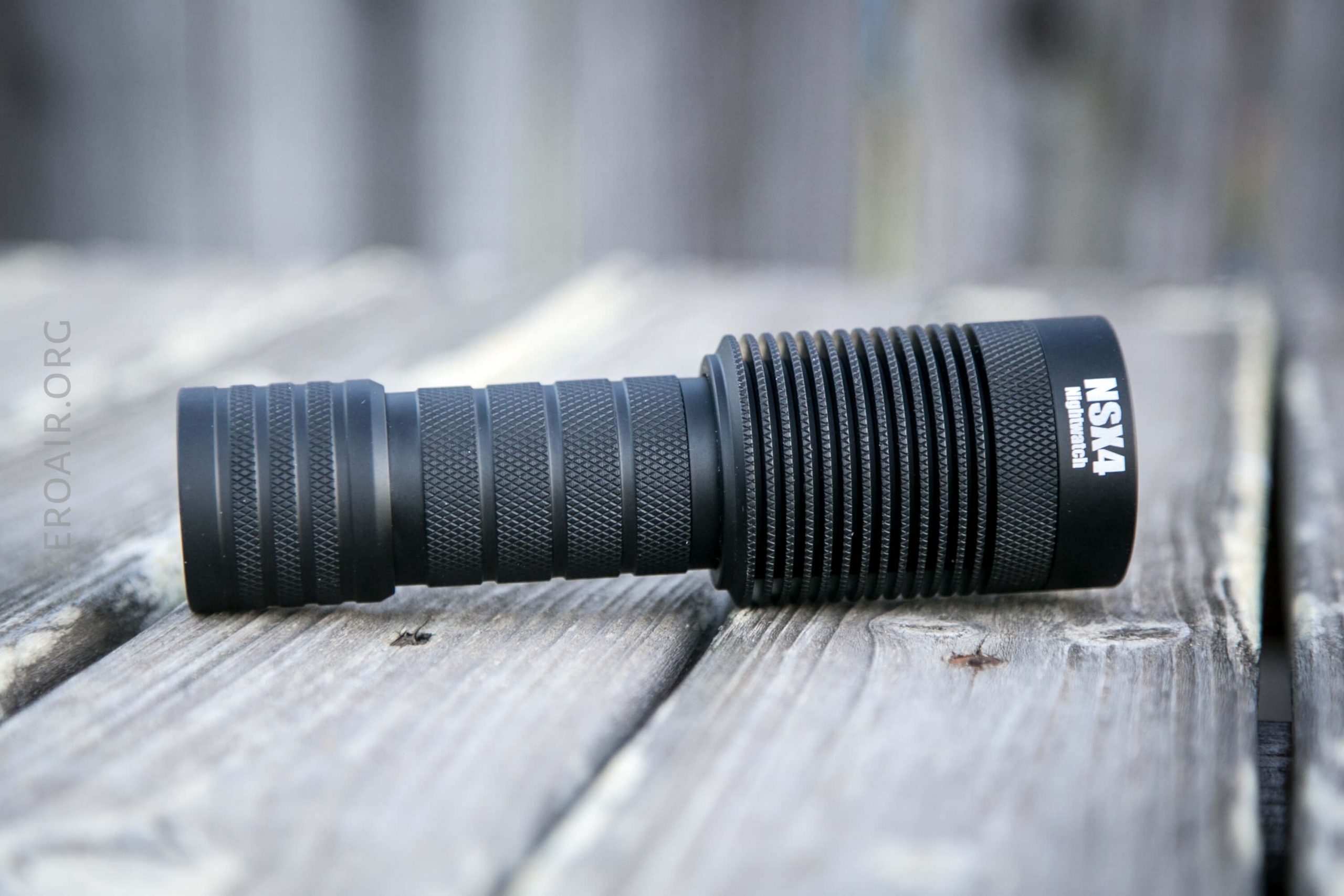





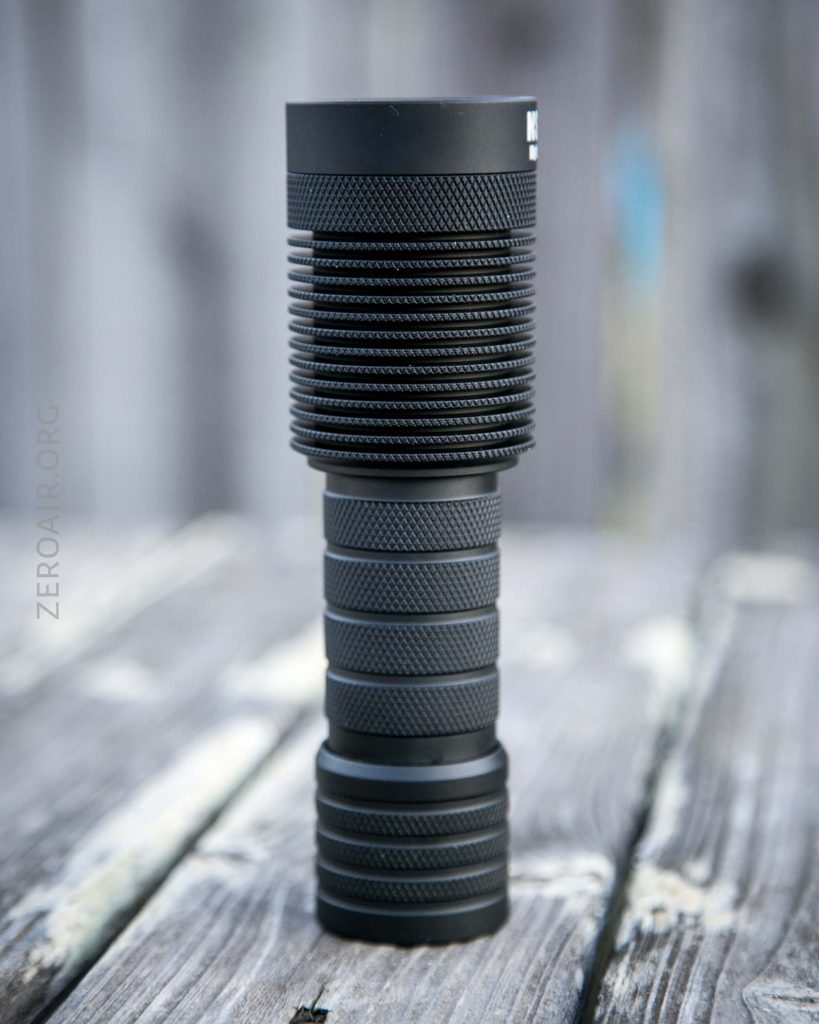

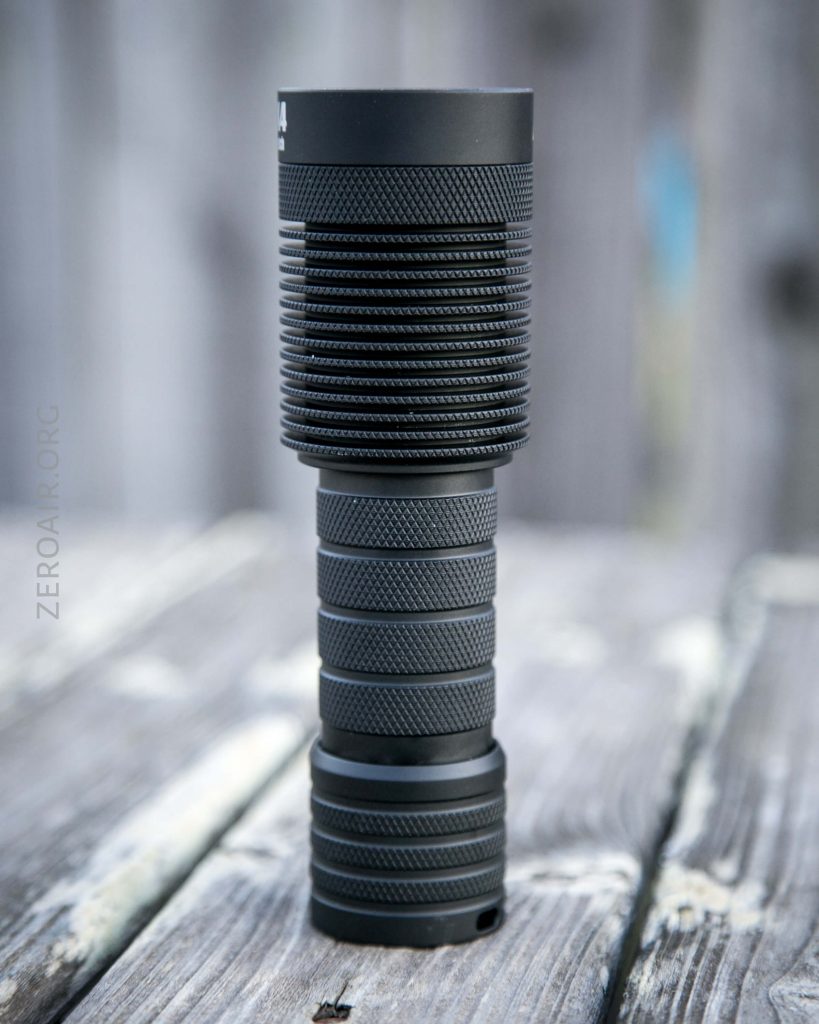














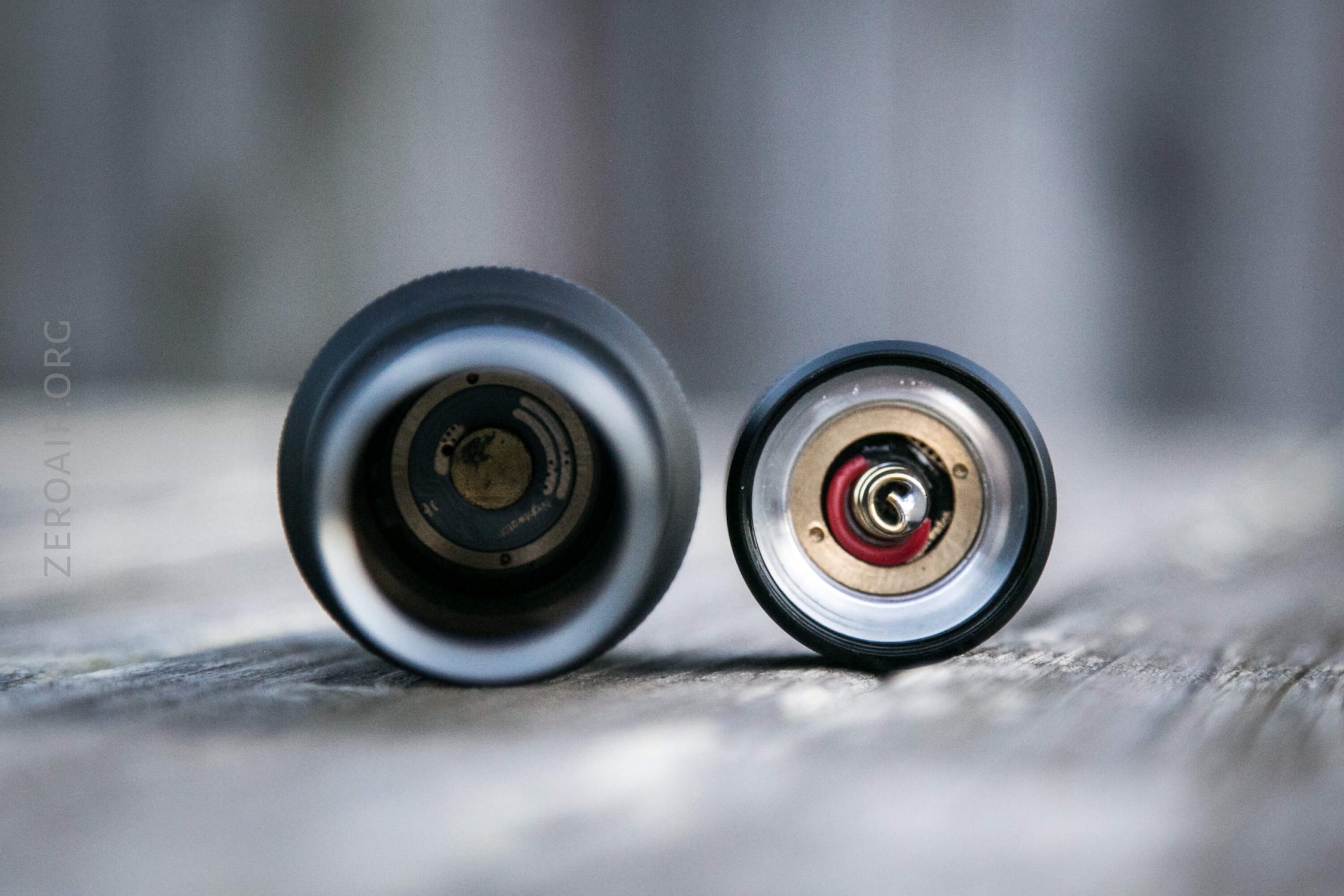


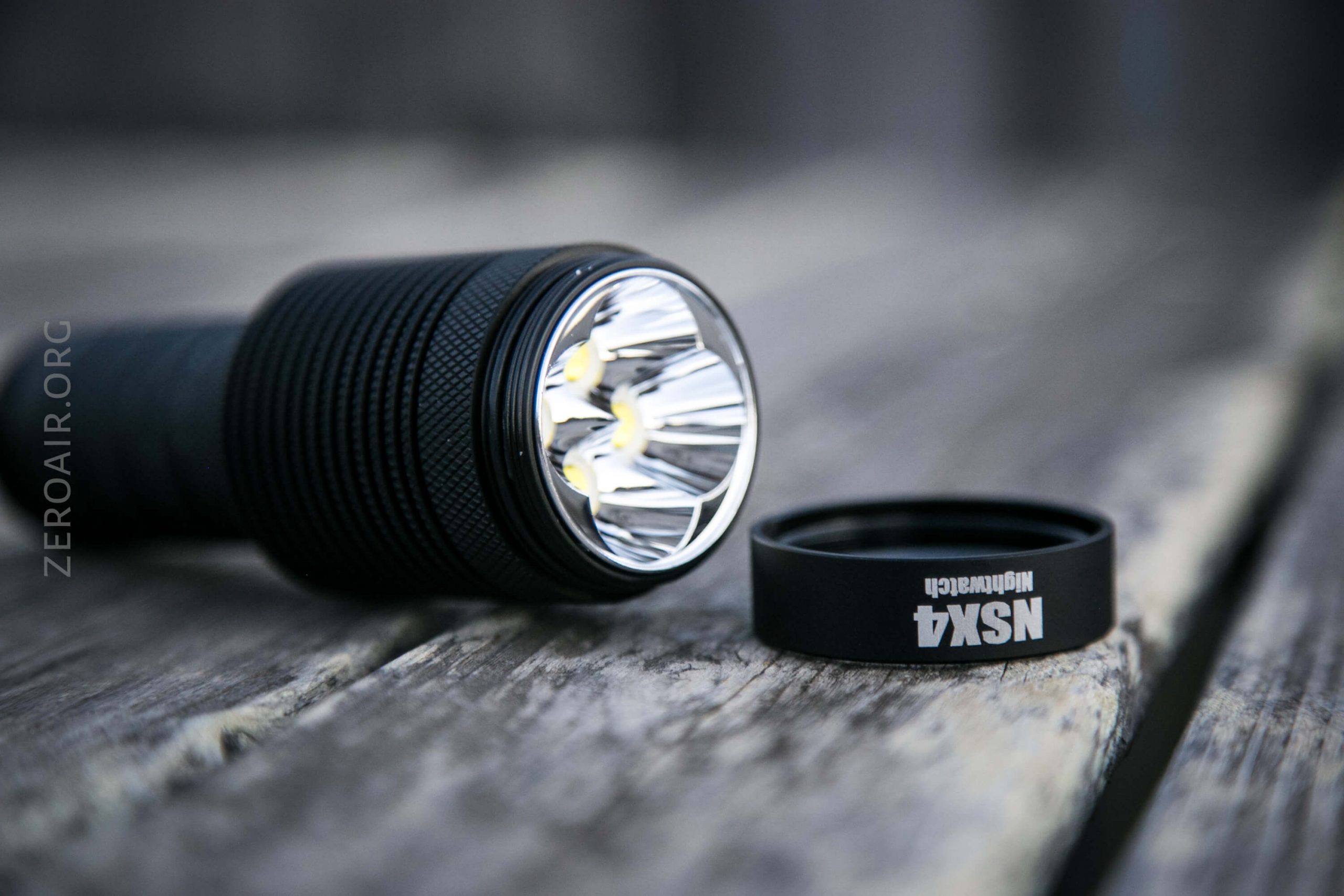






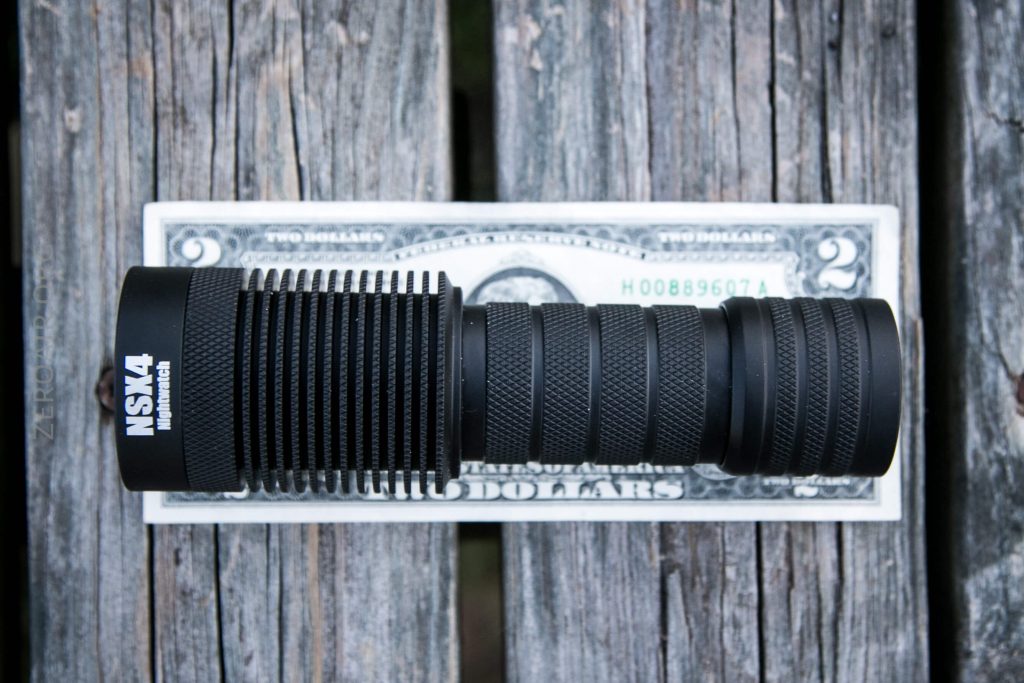



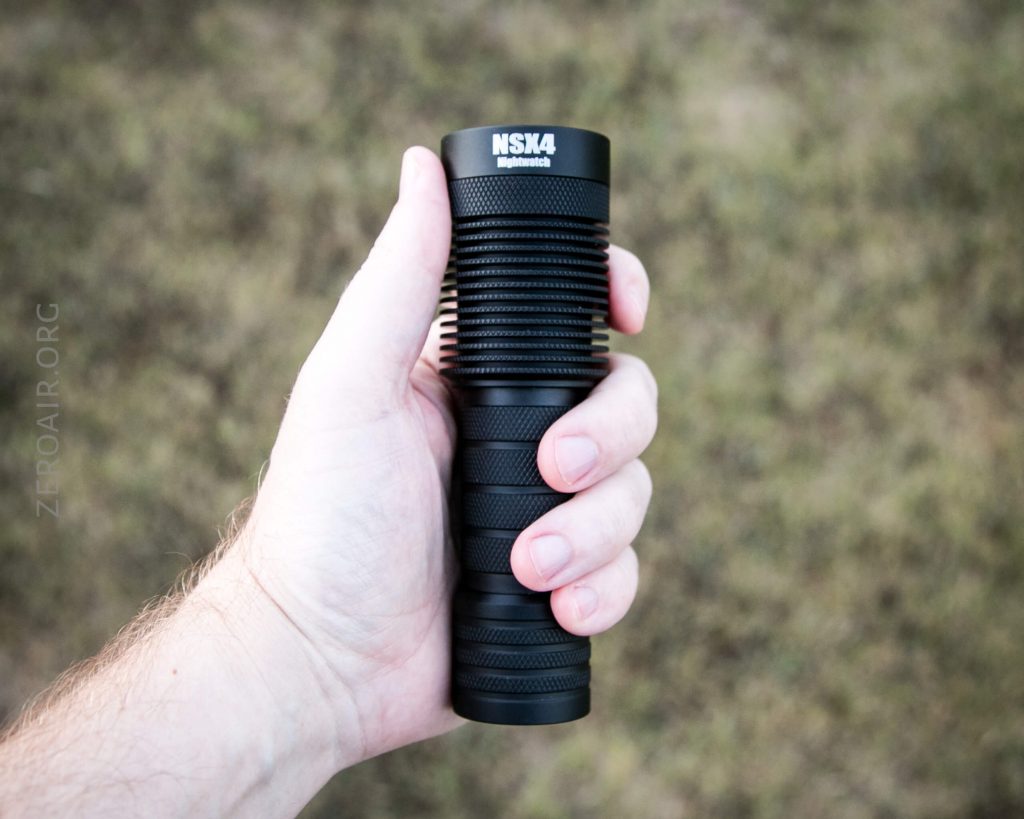
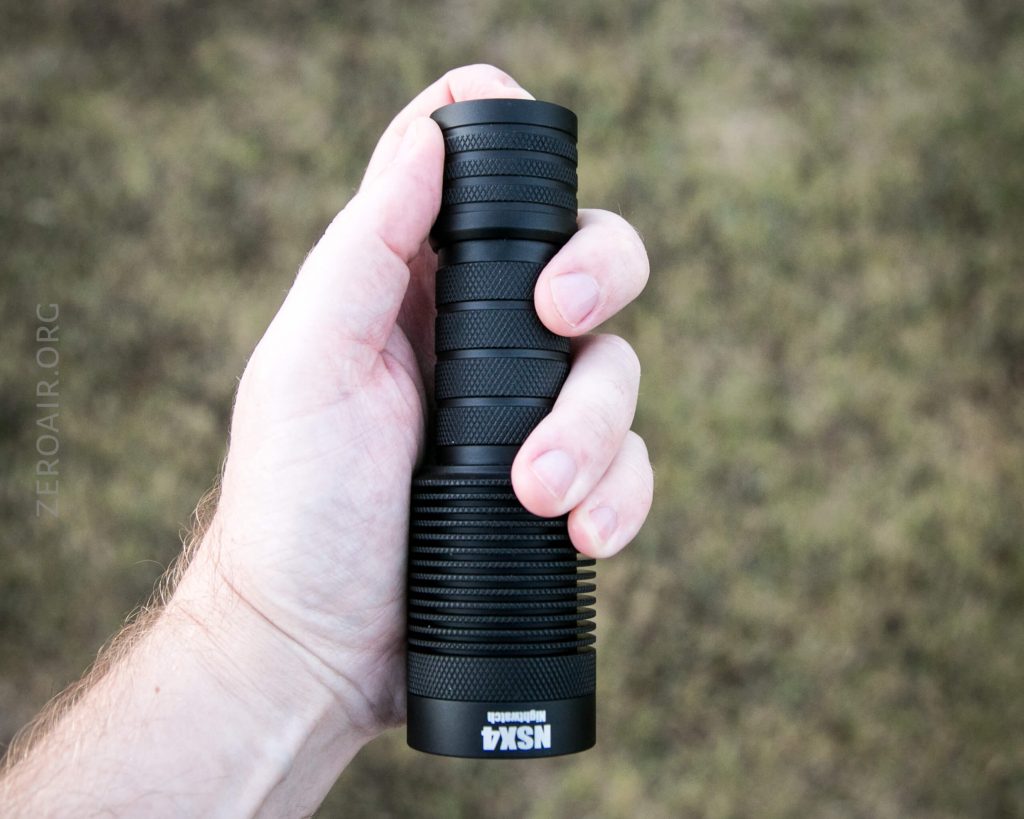
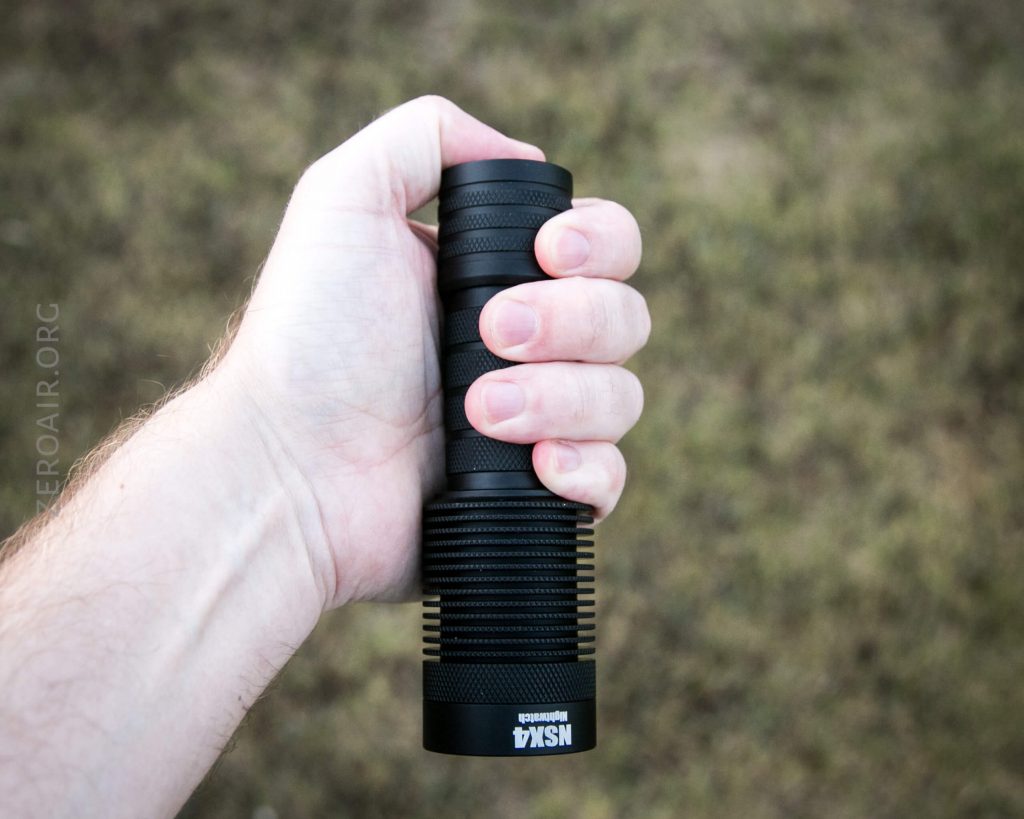

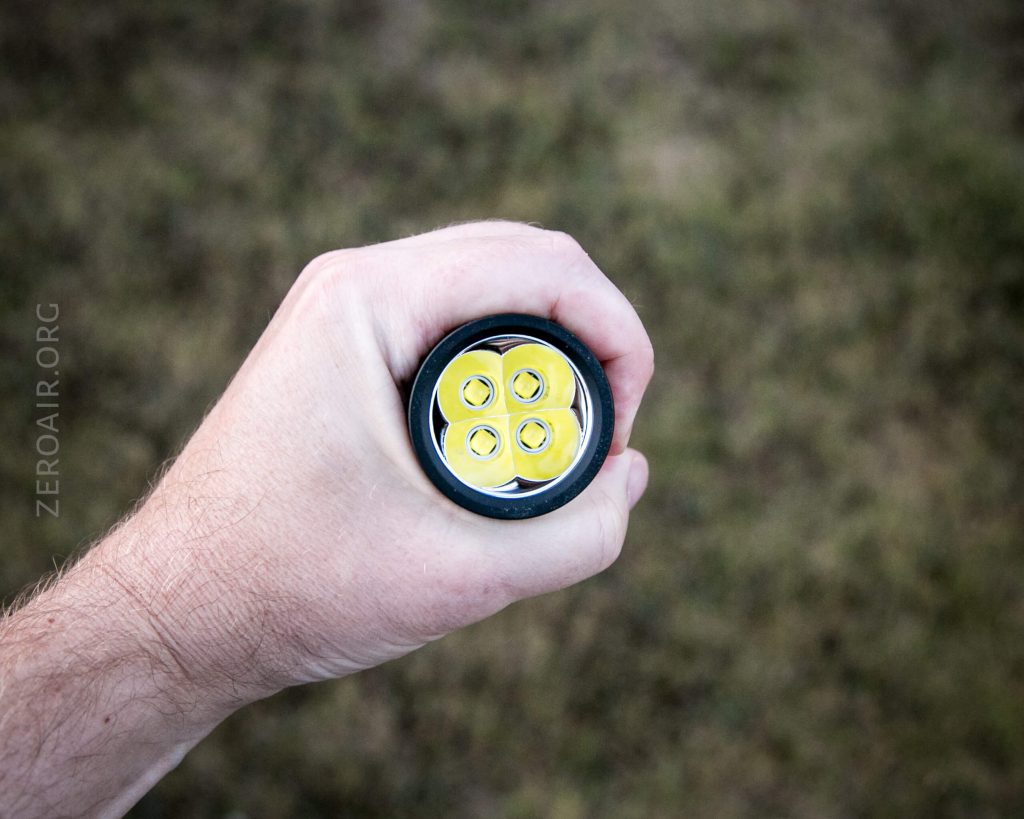

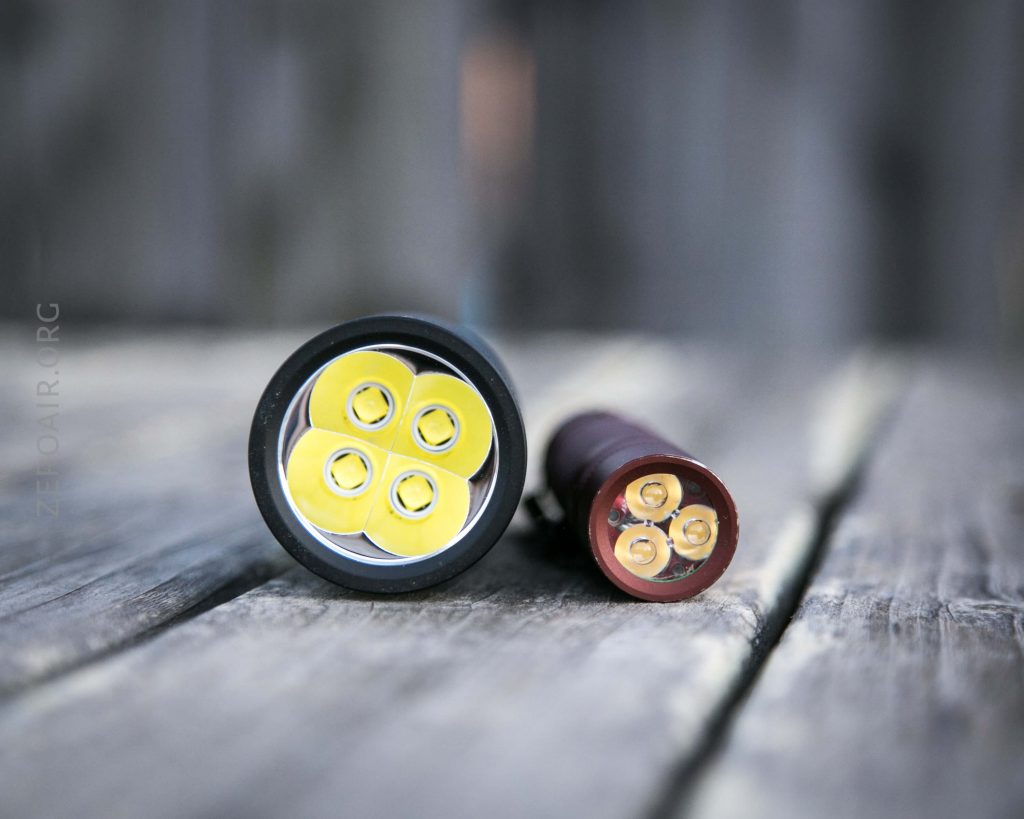



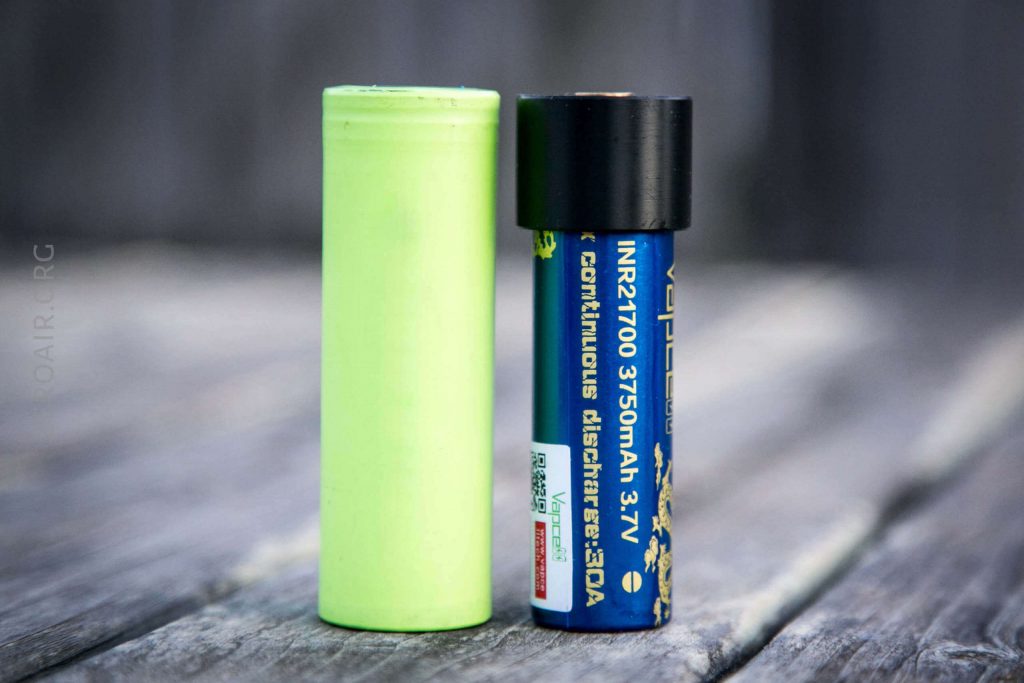
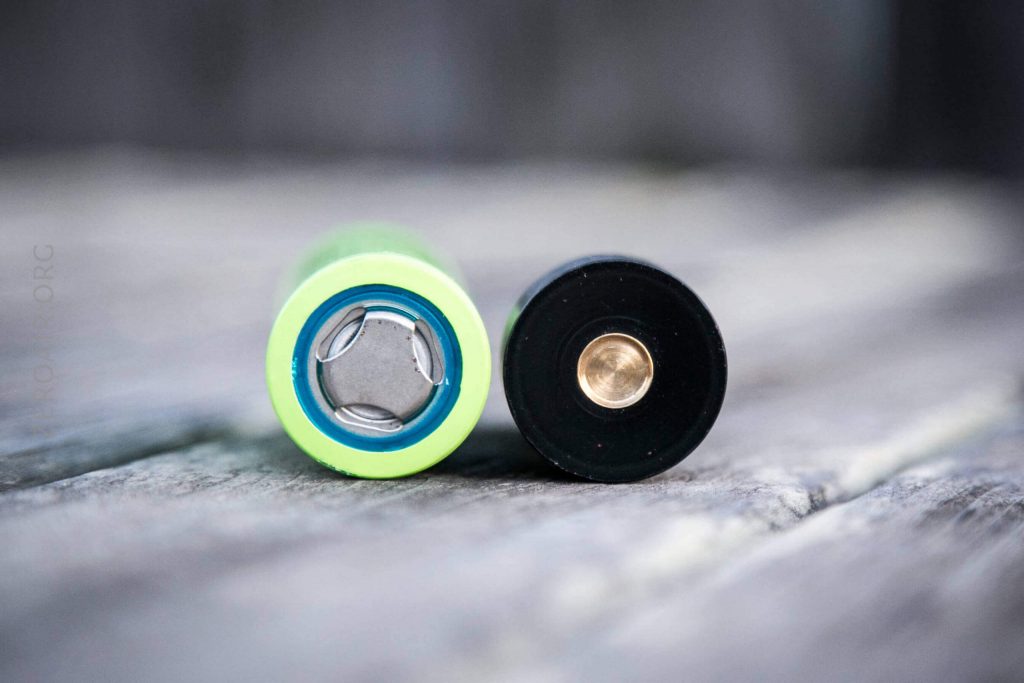


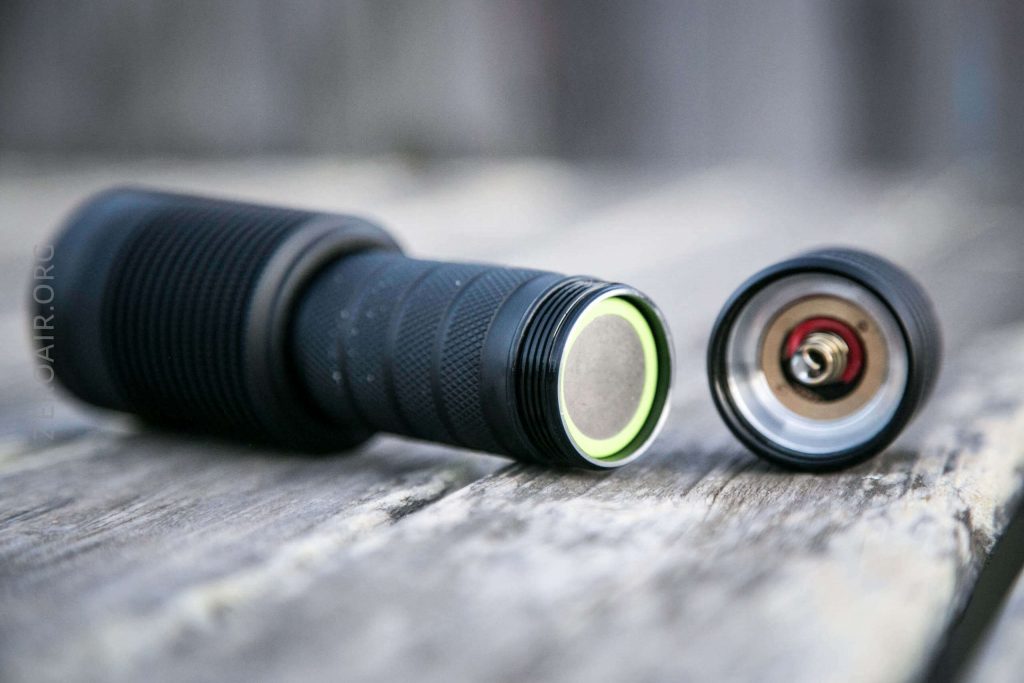





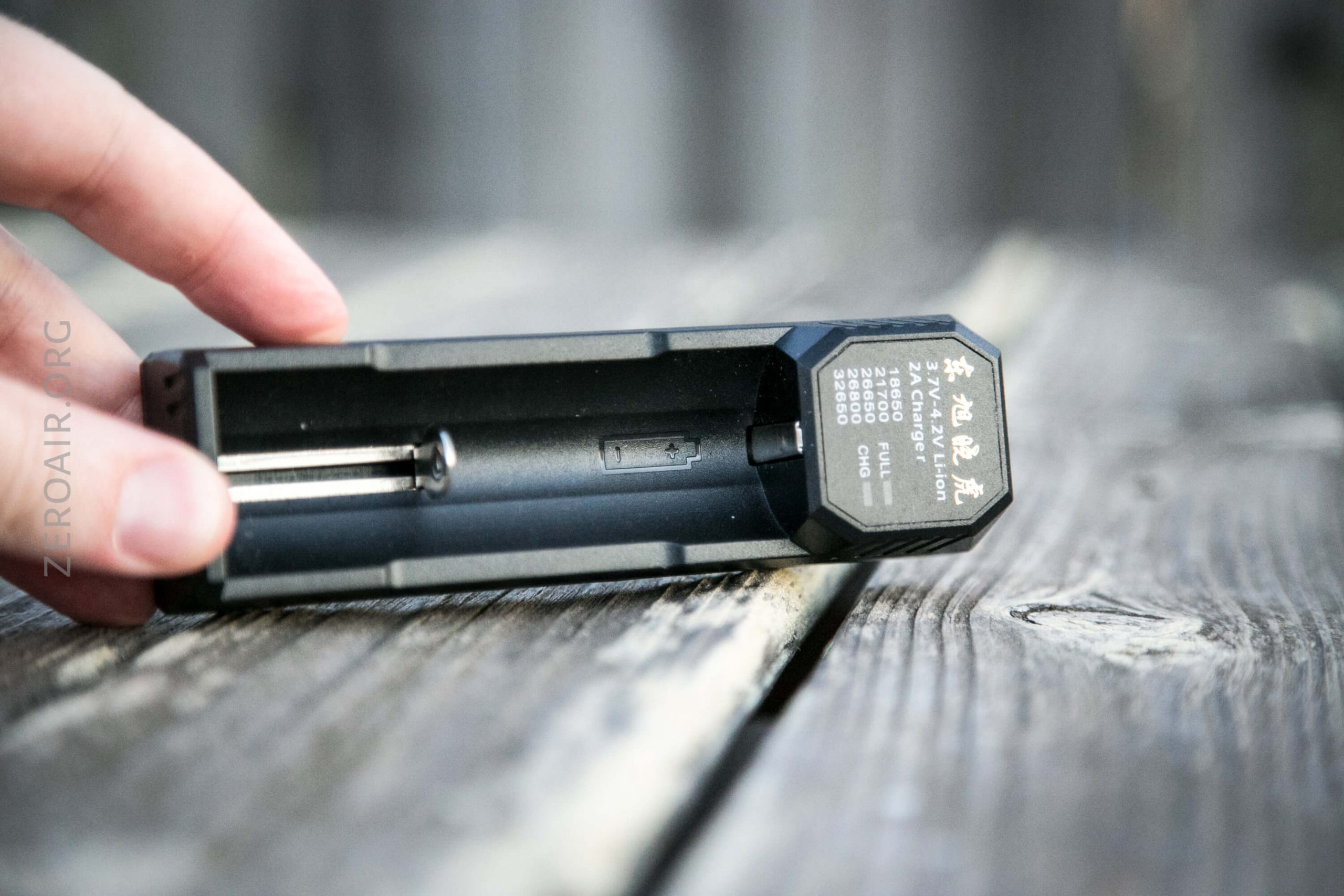
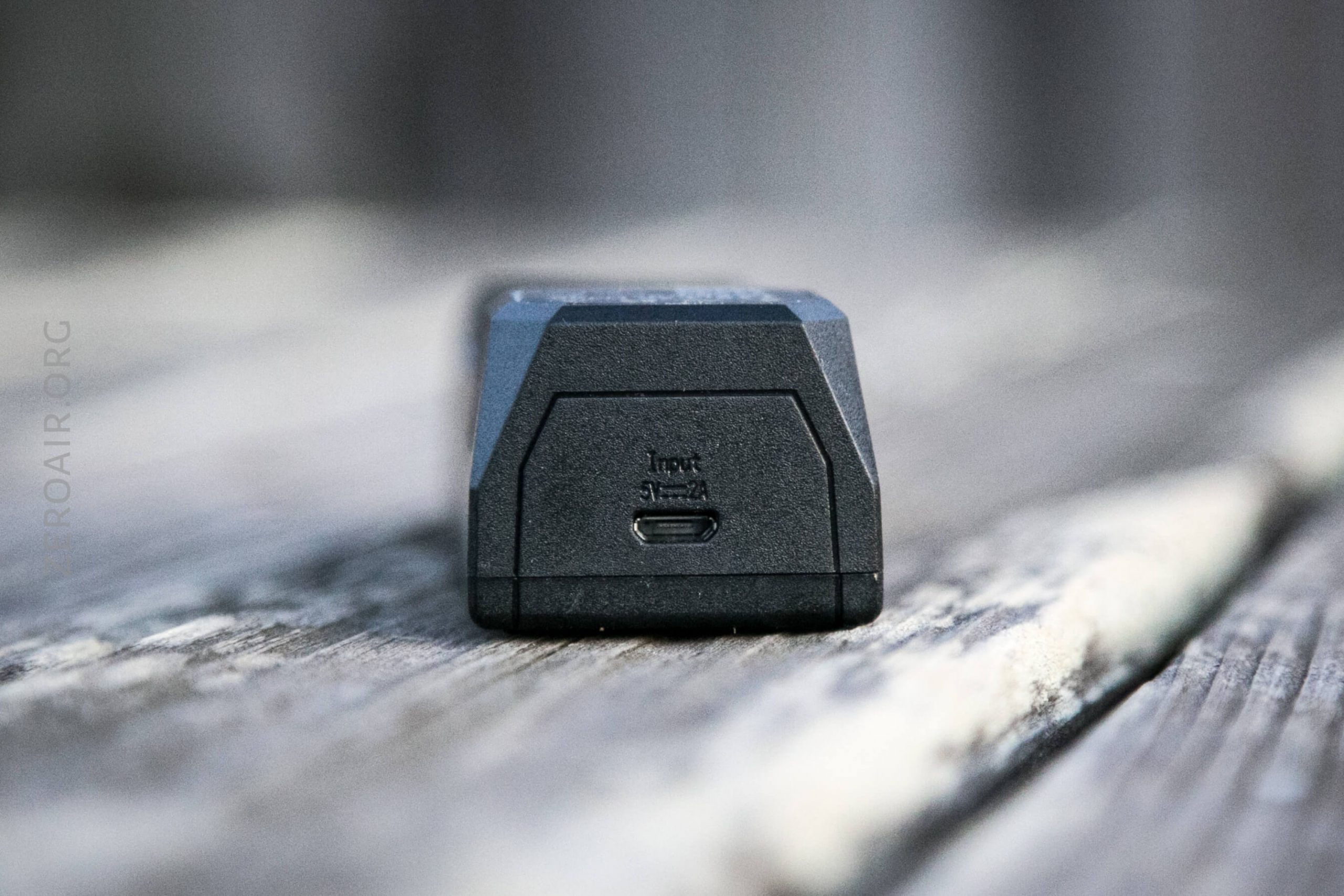

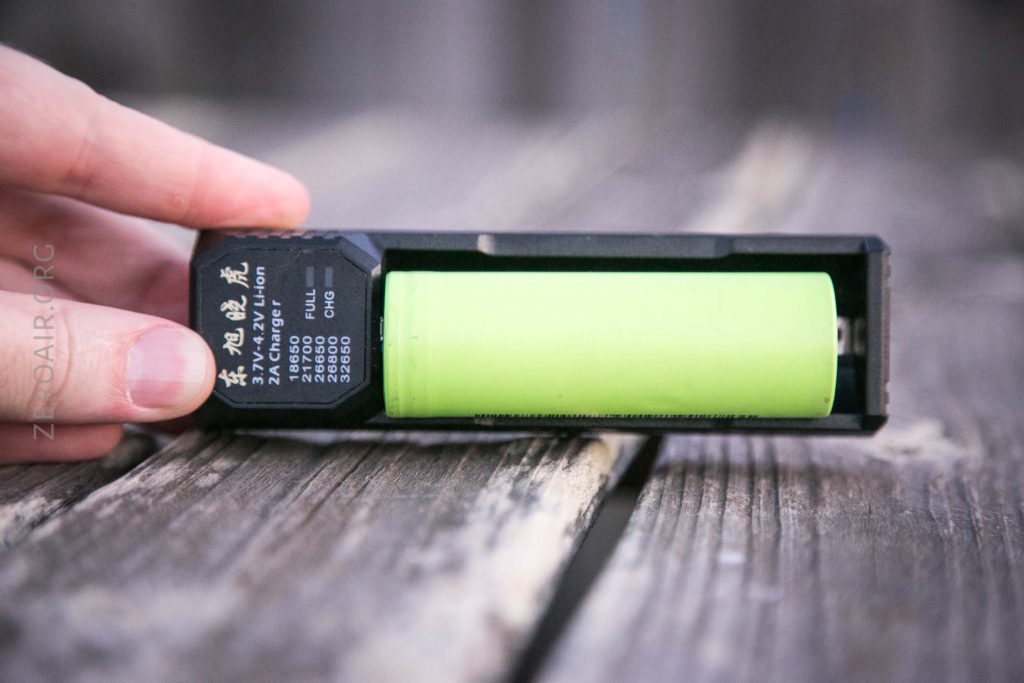
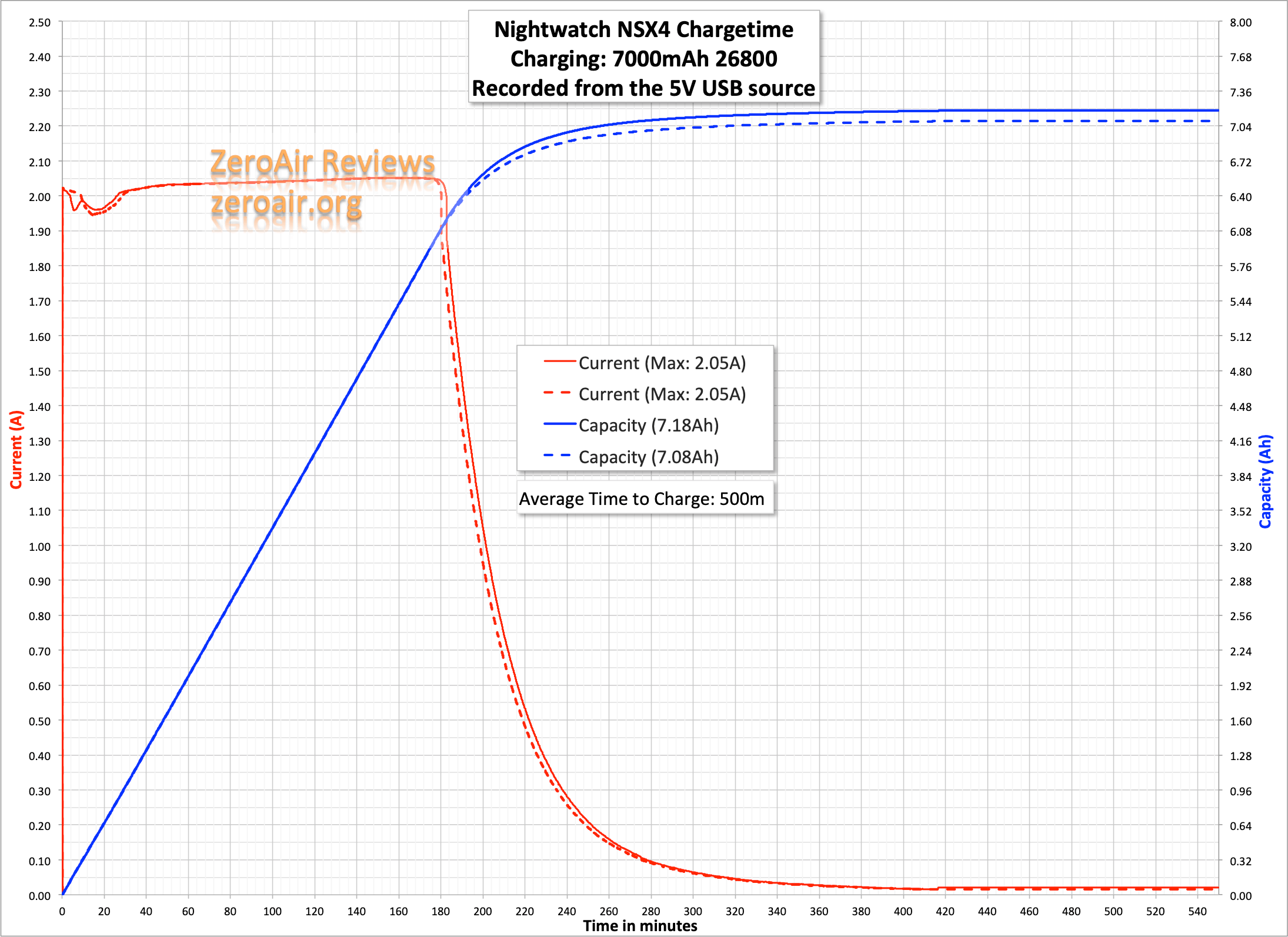

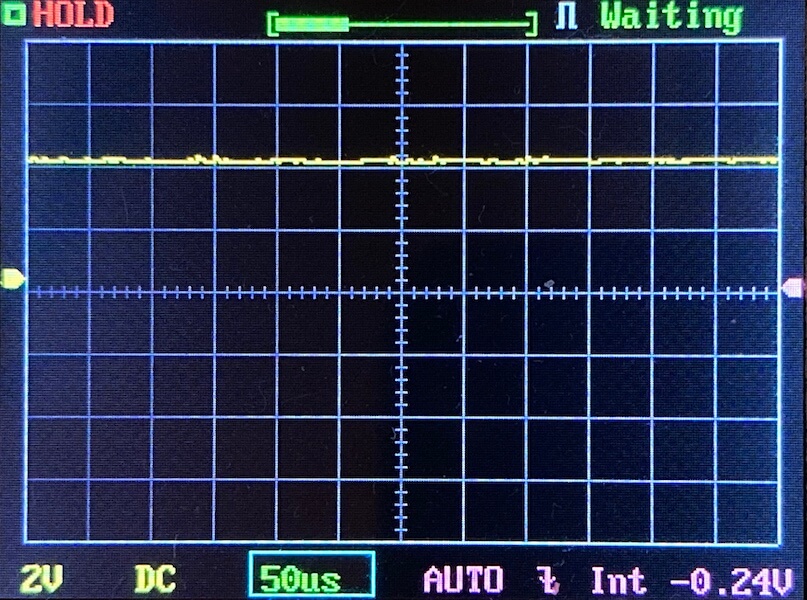



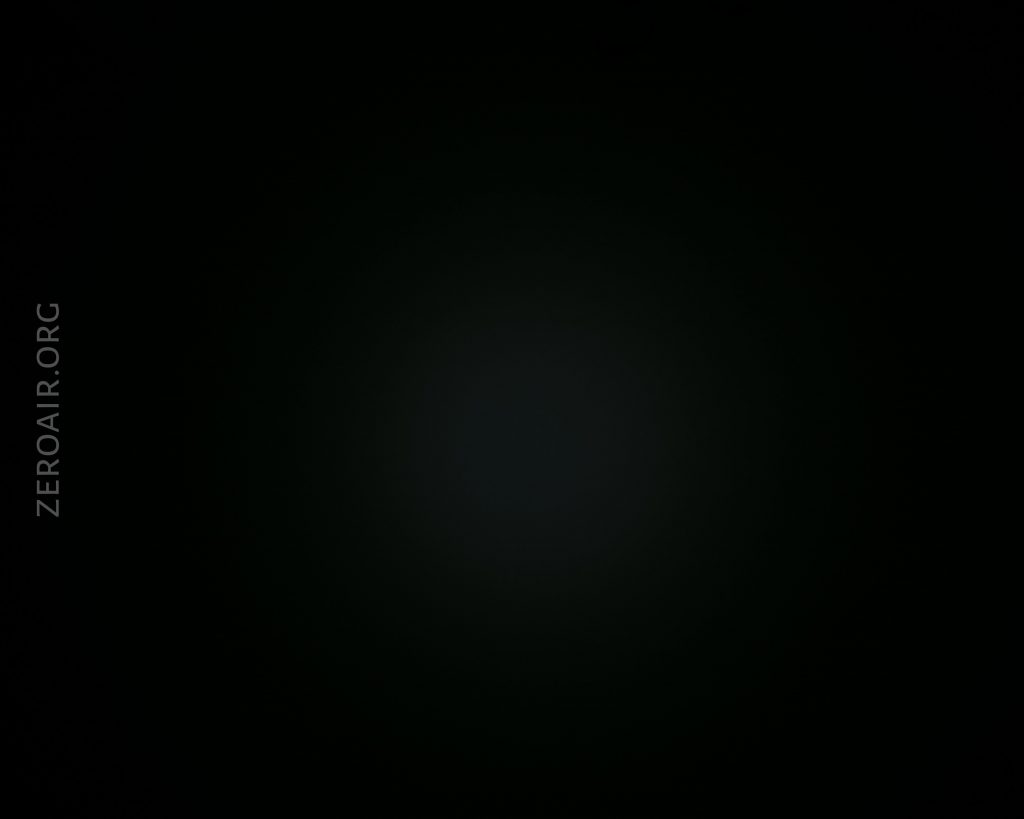

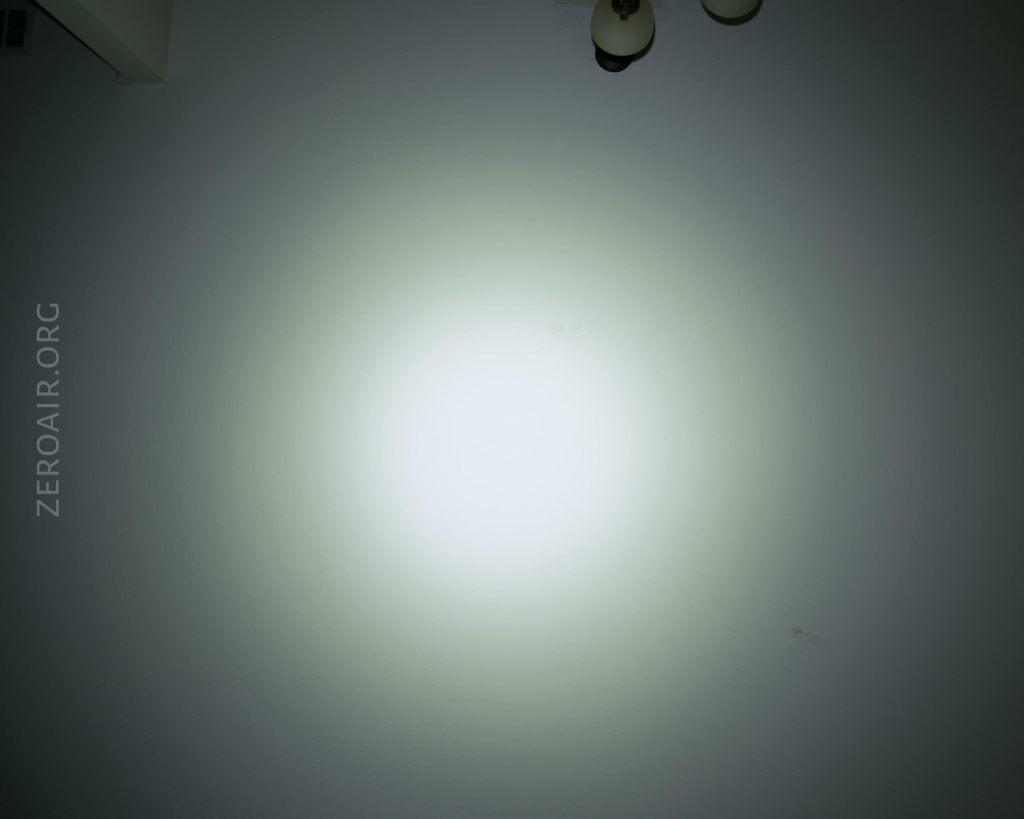
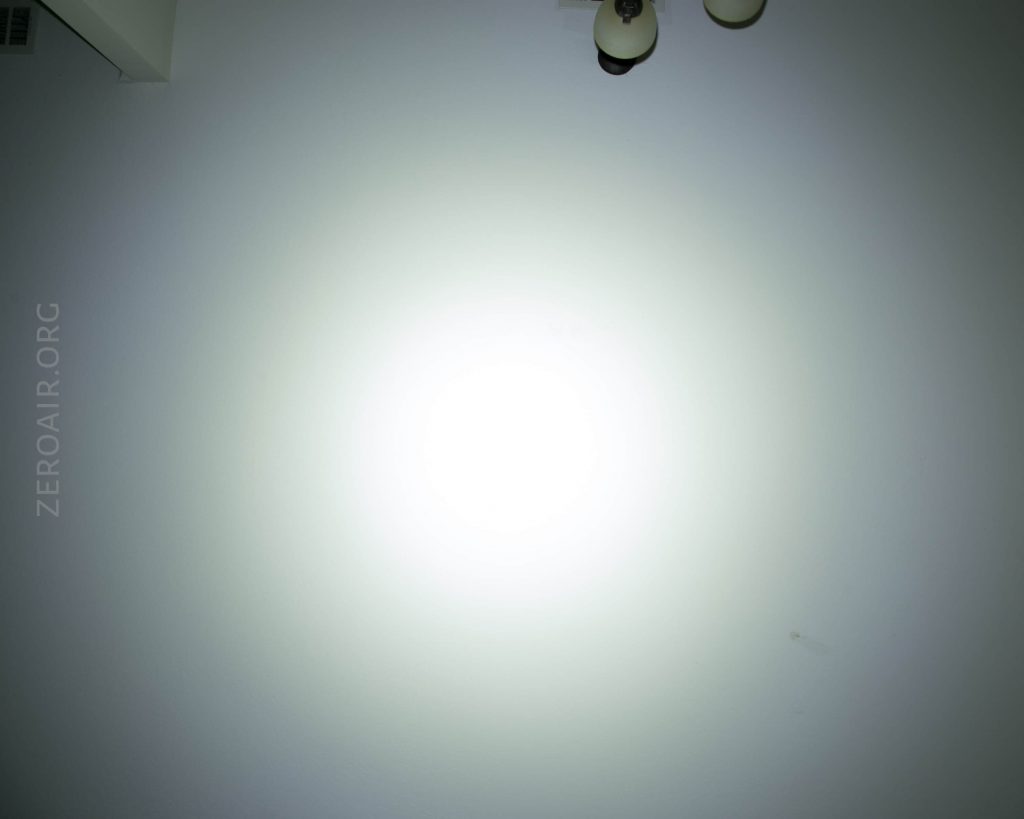
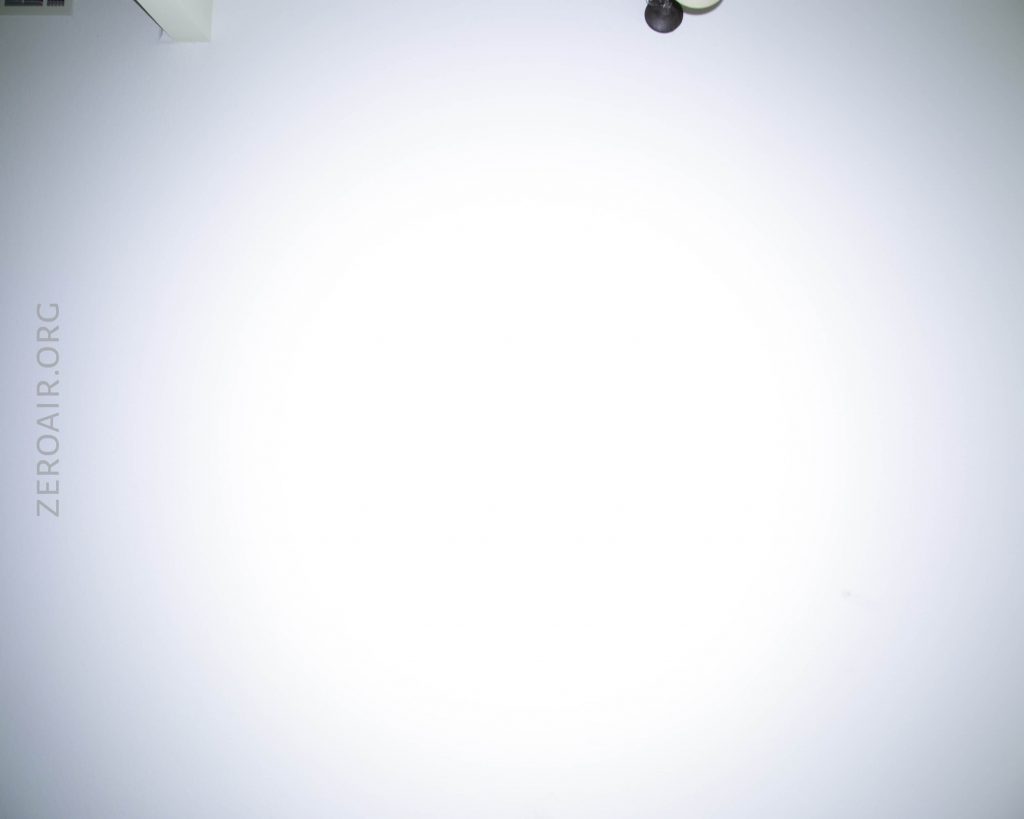
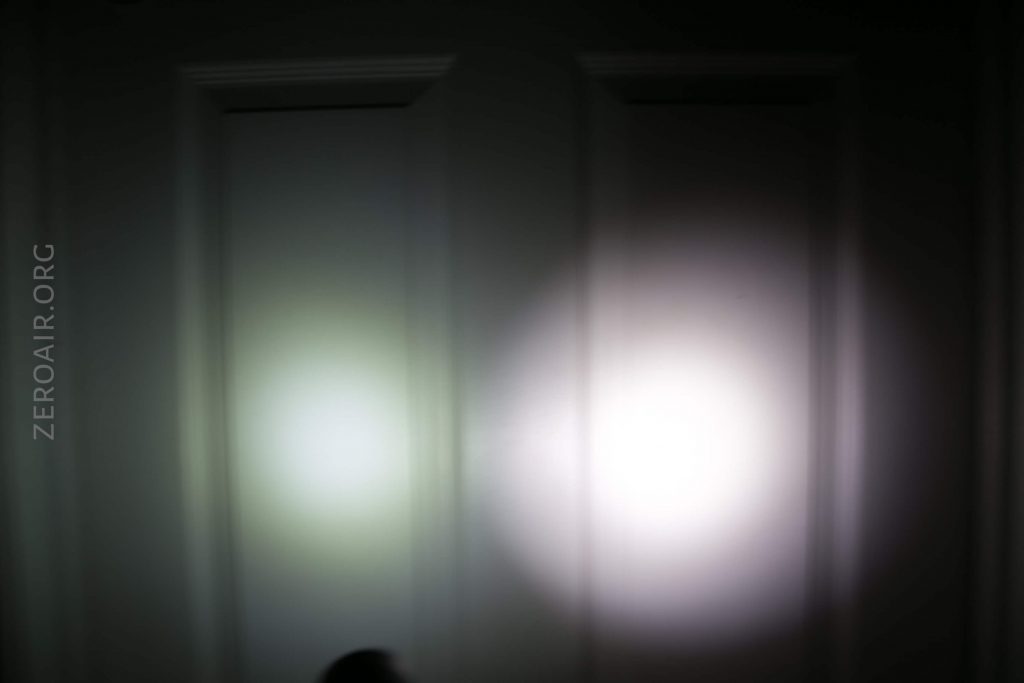
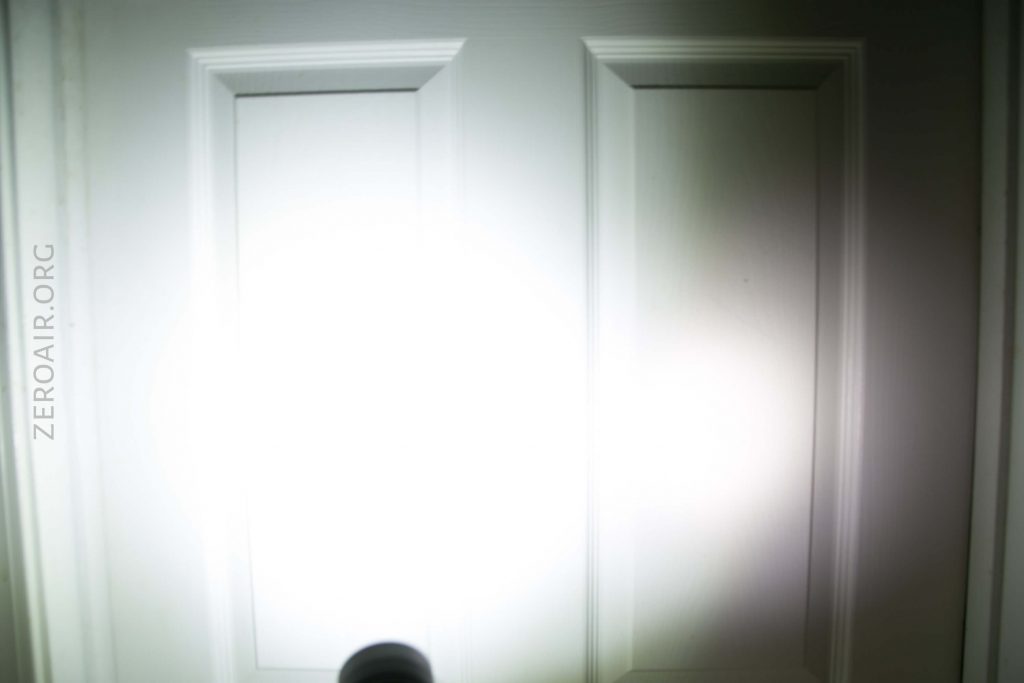
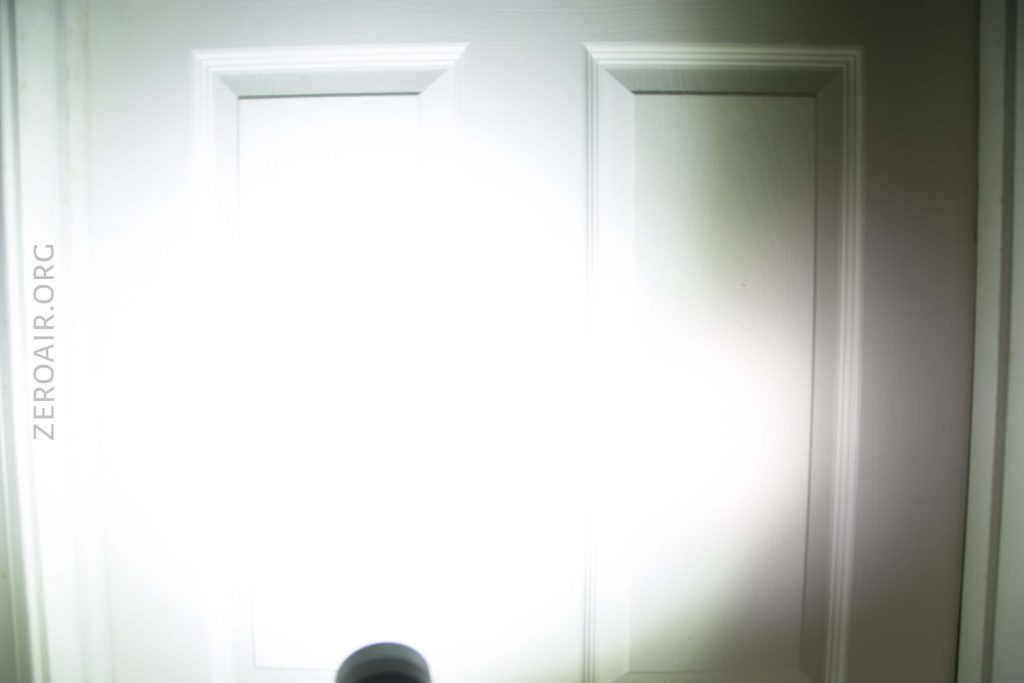
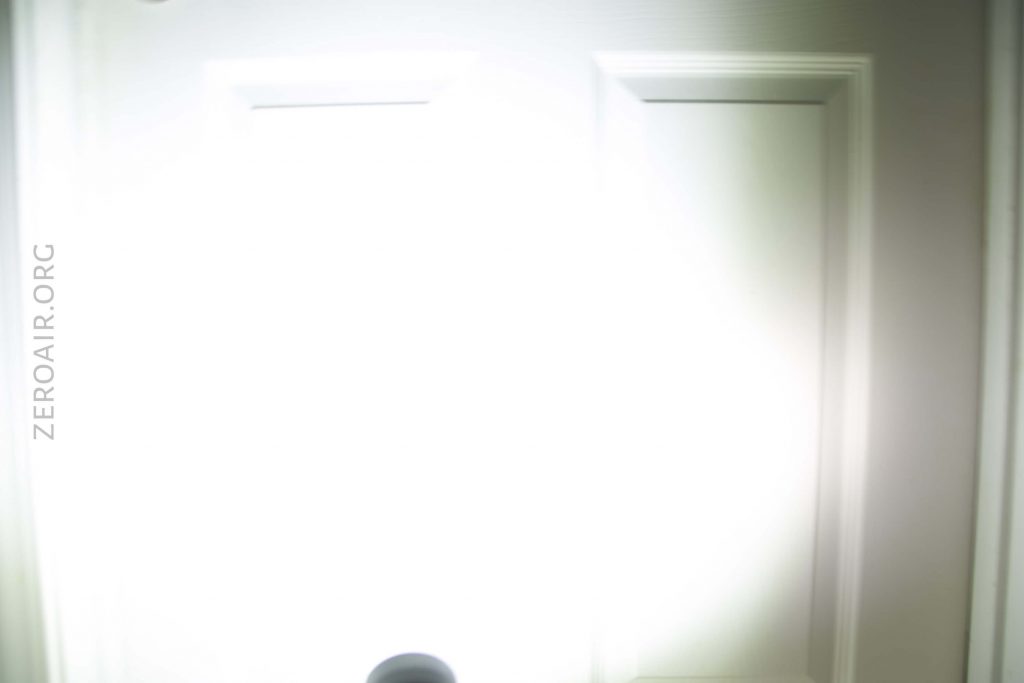

Pingback: NLightD T90 Andúril Flashlight Review - ZeroAir Reviews